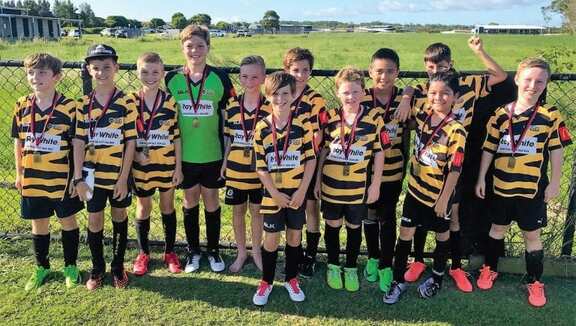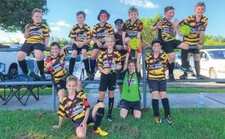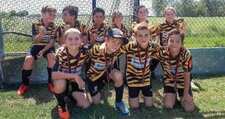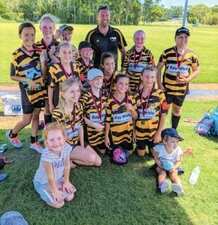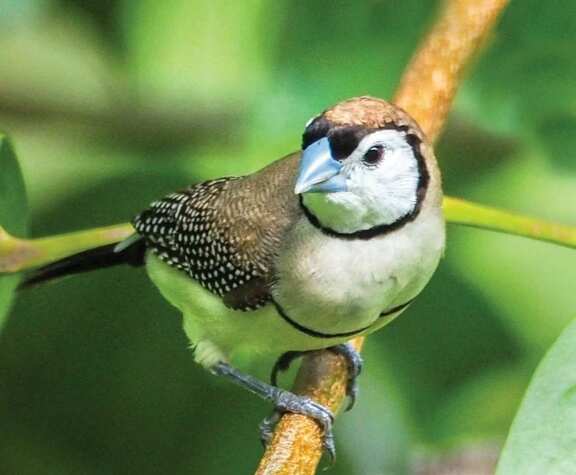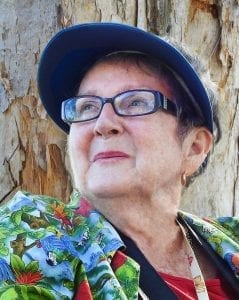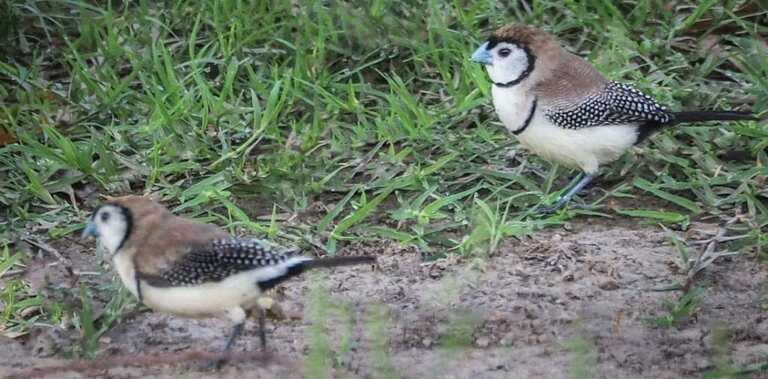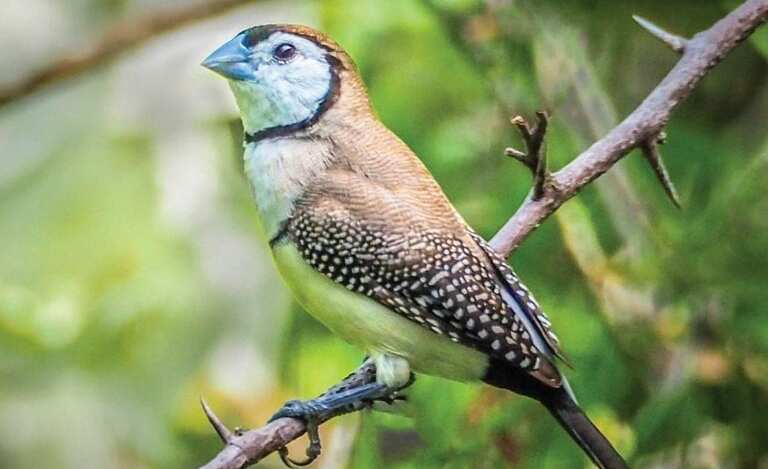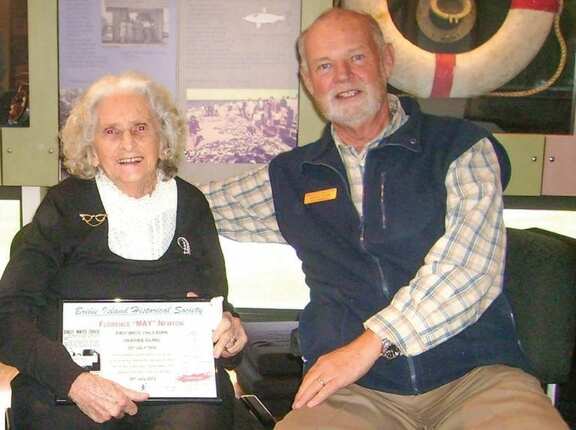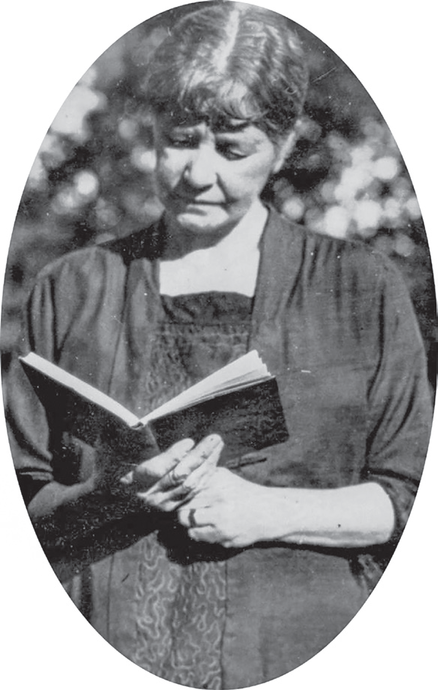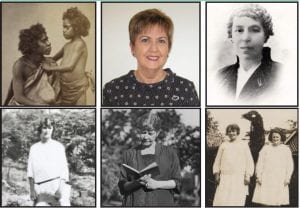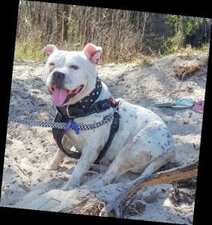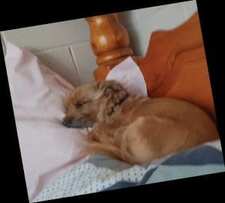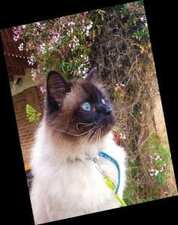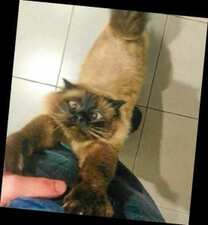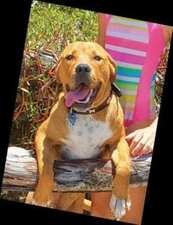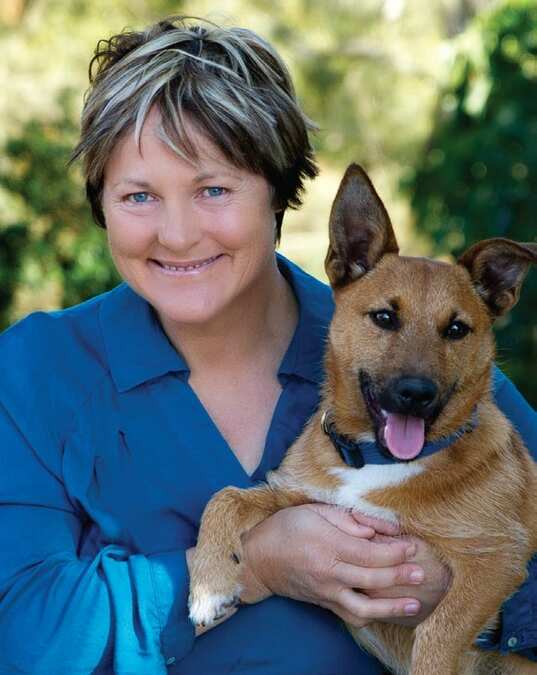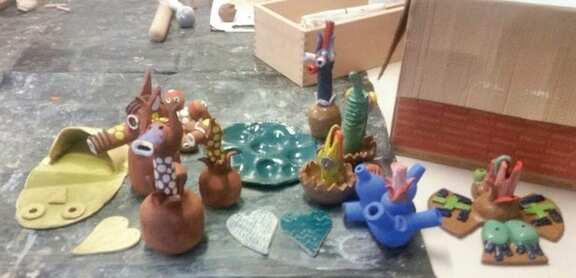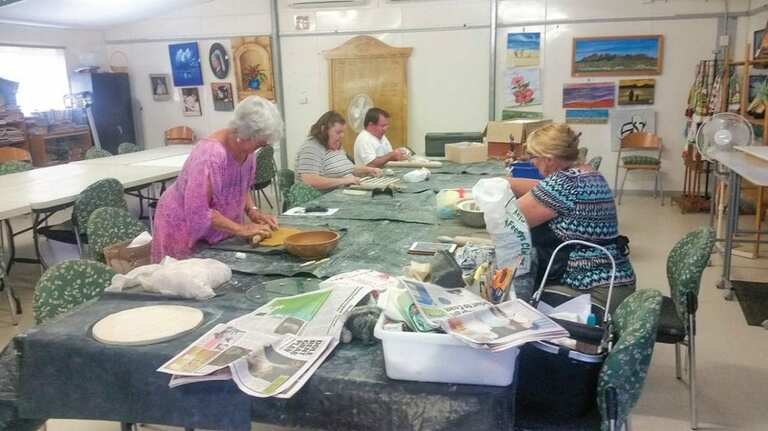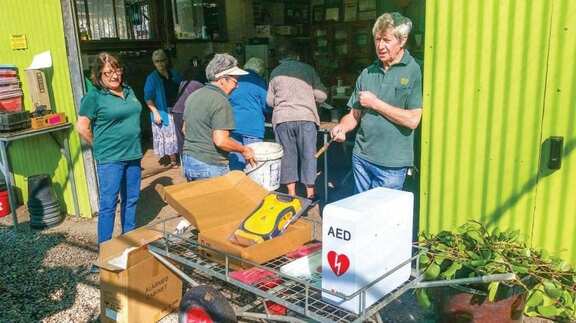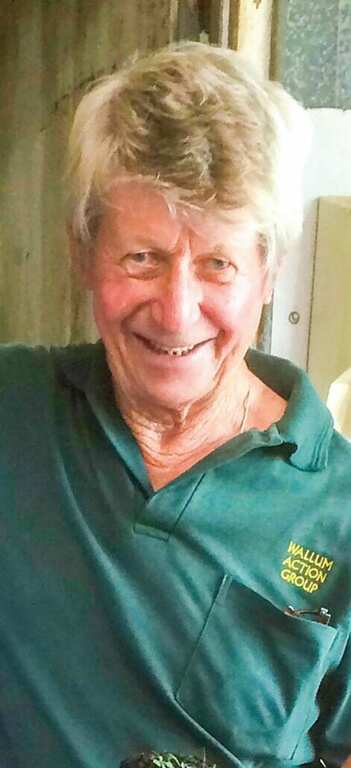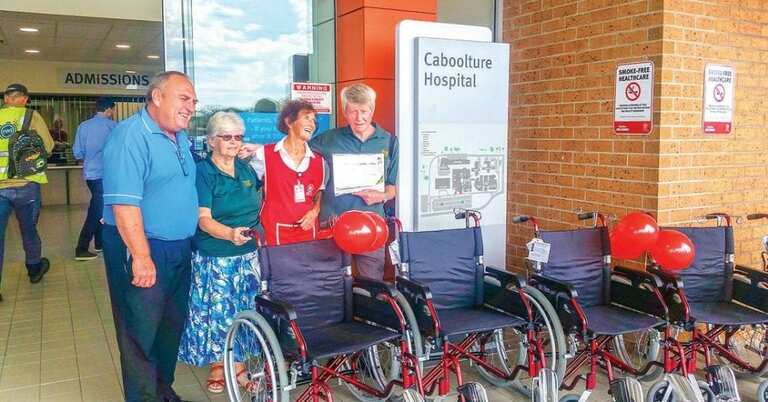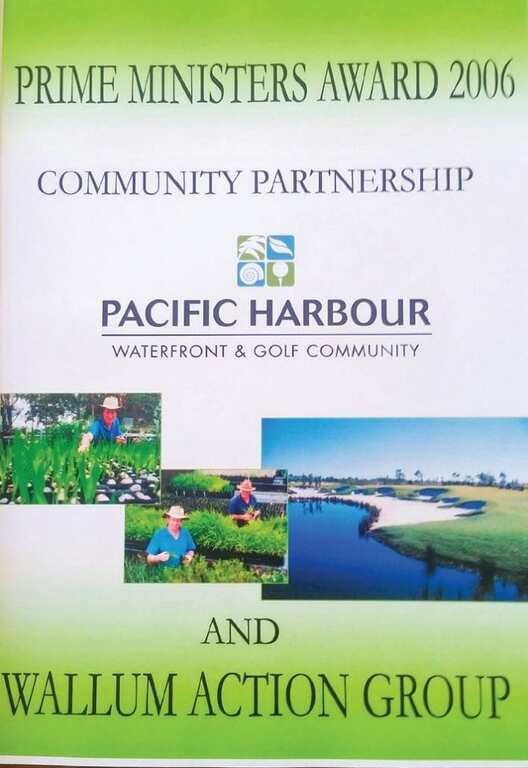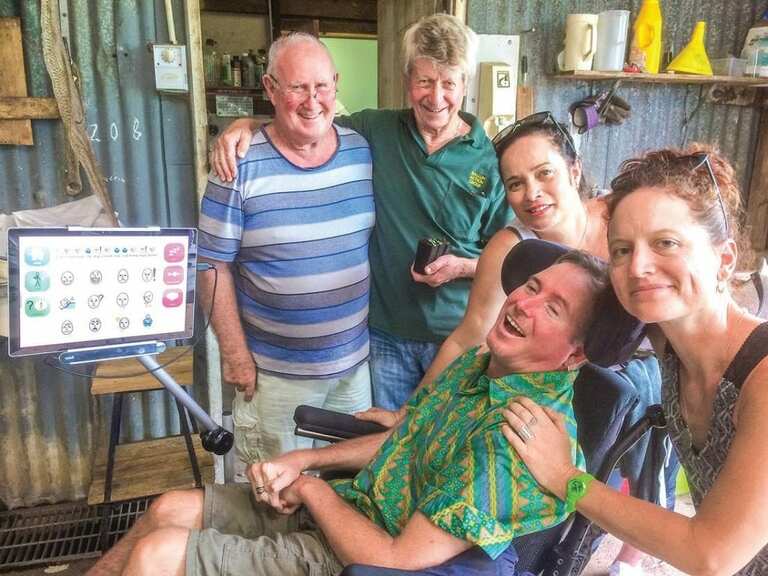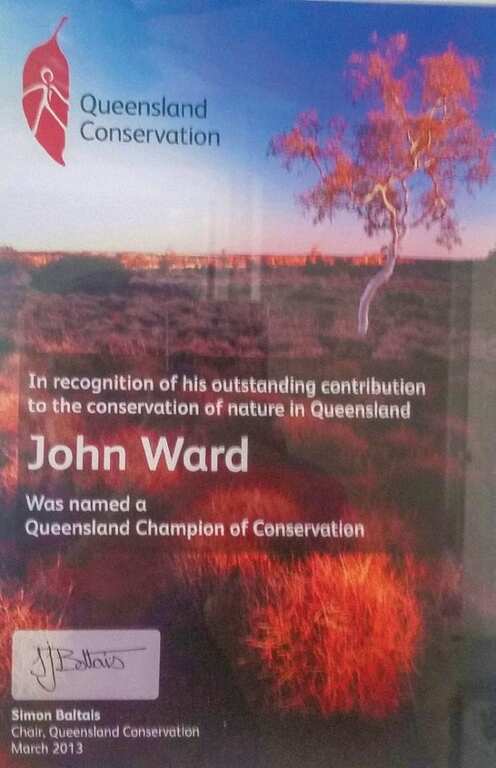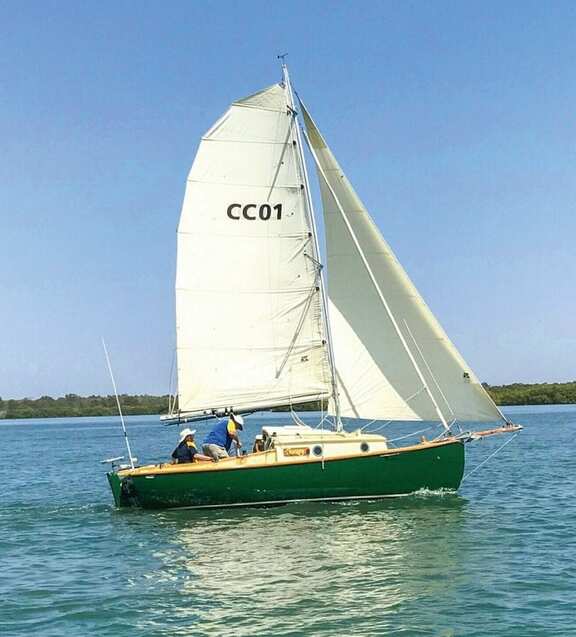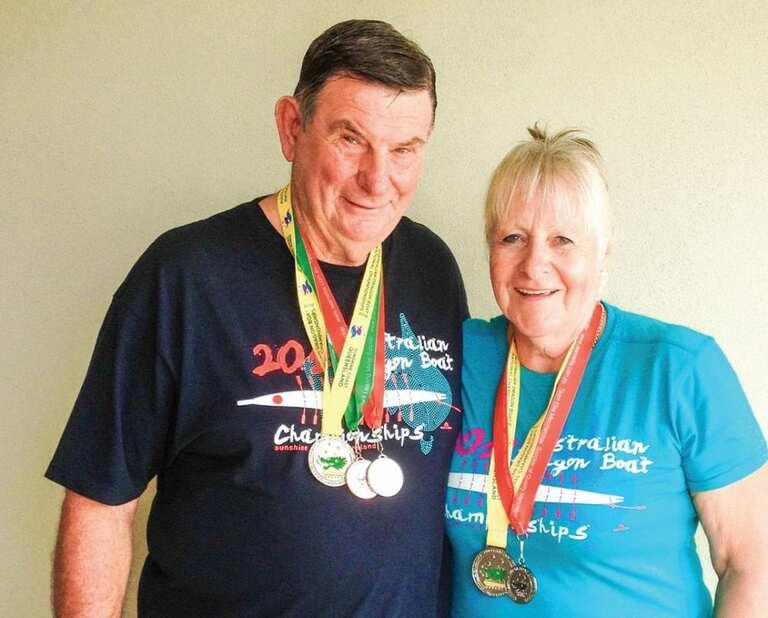Tags: Voluntary Marine Rescue Bribie Island. Lifesavers Queensland. Local Clubs. Boating safety tips
Read further down the article for boating safety tips.
MARCH @ VMR BRIBIE
MARCH RADIO ROOM STATISTICS To 20th March 2018: 570 Calls, 152 vessels logged on, 12 Vessel Assists, 54 Sitreps, 31 Requests, 1 Overdue vessels. VHF calls 79%, – 27MHz calls 9%
MARCH VESSEL ASSISTS:
THU 01/03 1539pm – 3.75m Tinny nonmember stuck on a sandbank near Coochin Creek, required a tow to Toorbul.
SAT 03/03 0536am – 4.5m Centre Console member with motor problems required tow from M3 beacon to Bongaree Ramp.
SAT 03/03 1652pm – 4m ½ Cabin nonmember with mechanical fault required tow from Bongaree into Bribie Gardens Canals.
TUE 06/03 1610pm – 12m Yacht member required tow from Bongaree Beach to MSQ Mooring.
WED 07/03 1404am – 10.5m Cabin Cruiser member drifting at White Patch, towed to Pacific Harbour.
TUE 08/03 0834am – 10m Bay Cruiser non-member high and dry at Poverty Point, required tow and secure on a mooring.
SAT 10/03 1016am – 3.5m x 2.5m platform floating near Buckley’s Hole, notifier had secured to mangroves. Investigate.
TUE 13/03 0703am – 11m Cruiser nonmember starter motor not working, required a tow from South of the bridge to Spinnaker Sound Marina.
THU 15/03 1244pm – 9m Cruiser member broken down at Donnybrook, requires a tow to Spinnaker Sound Marina on Saturday.
SUN 18/03 1547pm – 6.2 ½ Cabin nonmember with motor problems South of the bridge required a tow to Spinnaker Sound Marina.
TUE 20/03 1315pm – with motor problem required a tow back to Bongaree Ramp from 200m out.
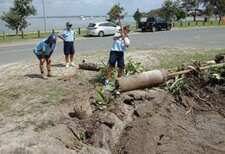
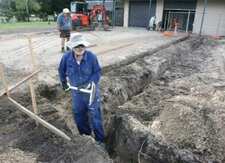
Vice Commodore Liz Radajewski strikes the “First Blow” in the beautification of the front of the base.(left) and Graham Patrick on the shovel tidying up the trench.(right)
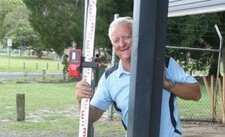
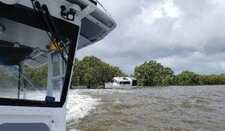
Bob Skinner ensuring the levels are right(left) and Callout Thursday 8th March, Bribie Two
retrieving vessel aground North of Poverty Point.(right)
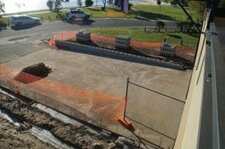
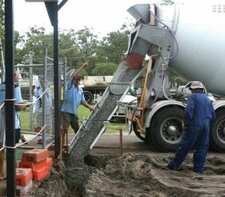
Construction commenced on Friday 16th March on the North side of the driveway(left) and Footings were poured under the watchful eye of Phil Couper and Graham Patrick(right)
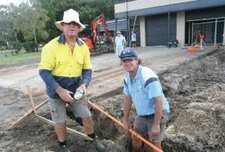
HAPPY HOUR 9TH MARCH 2018
27 Members and guest turned out for the happy hour for drinks and bar snacks.
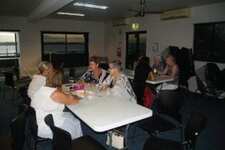
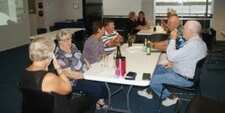
New members from Spinnaker Sound.(left) and Some of the members and guests enjoying
the evening.(right)
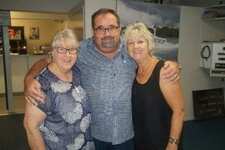
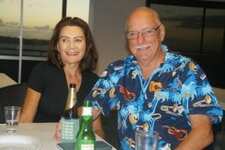
Gwen and Peter McNamara with Sheryl Traill.(left) and Cecilia and Doug Wilson in party mode.(right)
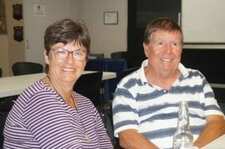
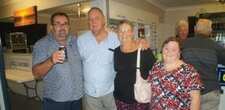
Mel and Brian enjoying the night.(left) and Peter McNamara, John and Val Hammond
and their daughter Brenda.(right)
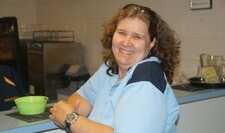

Karen Arnold had just finished duty in the radio room and joined the “party”.(left) and Robyn Young and Betty Snell with Brenda Allardyce(right)
LROCP RADIO COURSE SATURDAY/SUNDAY 10/11TH MARCH 2018
21 students attended the two-day LROCP Radio Course held at the VMR Bribie Island
Base on Saturday/Sunday the 10th and 11th of March 2018. The VMRBI instructors
were Radio Officer John Bodycombe and Radio Operators Keith Walters and Peter
McNamara.
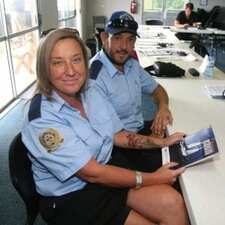
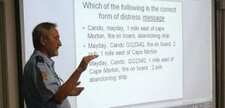
VMR Trainees Karen and Jamie Darlington, 2 of the 21 attendees who took part in the
LROCP Radio training course at VMR Bribie Island held over the weekend of the 10th and 11th of March 2018. Picture by Peter McNamara.(left) and Radio Officer John Bodycombe going through possible exam questions. Picture by Peter McNamara.(right)

The assembled course. Picture by Peter McNamara
Own a Boat?
You can join VMR Bribie Island online at www.vmrbribie.com, phone (07) 3408 7596 or call in person at Marine Parade Bellara, and enjoy many benefits including:
- breakdown assistance.
- vessel & contact details recorded in our database in case of emergency;
- access to first aid, radio, navigation courses plus safety/boating information sessions;
- regular social events;
- reimbursement up to $100/per year for tows by other VMR/Coastguard units; and
- overnight/weekend secure car & trailer parking at the base.
Always remember to LOG ON and LOG OFF with MARINE RESCUE BRIBIE for your safety. HOW TO ANCHOR SAFELY AND SECURELY By VMRBI Coxswain Simon Middap.
BOATING SAFETY TIPS:
How anchors work
– Anchors rely on their weight to get to the bottom, their chain to lay them on the bottom and on a horizontal pull to set and hold.
On soft bottoms
– when the anchor is pulled, it penetrates the surface of the seabed and ‘digs in’. The resistance of the seabed material plus the friction of the chain on the seabed combine to assist in the anchor holding. As the boat pulls harder on the anchor rope, the anchor digs in deeper, creating additional resistance.
In rocky or coral bottoms
– anchors can’t dig in, but rather snag on protrusions and hold precariously. Considerations in Choosing an anchoring location: Check vessels around you to see what they are doing.
Is this location a “no anchor” zone?
– several areas have anchoring restrictions What is the wind and tide doing and how long are you staying? If you are intending to stay for a tide and/or wind change, you need to take into account which way your vessel will move with the change Where are you going to anchor in relation to other vessels, navigation channels, underwater cables? It is very annoying when skippers choose to anchor right in the middle of a narrow channel.
What is the seabed surface?
– coffee rock and coral adds to the difficulty of anchoring.
Setting the Anchor
1. Keep your motor running, this helps with setting the anchor as well as maintaining safety by ensuring control of the vessel until you are sure the anchor is set.
2. Anchor into the wind and current (or whichever is the stronger)
3. At your chosen location, lower your anchor in a controlled, orderly fall while allowing the vessel to drift backward. Do not allow the anchor chain to pile up and get snagged.
4. Once you have let out the required anchor line, apply tension to the rope so the anchor penetrates the bottom. Do this by making fast the line and applying gentle power in reverse. If your boat moves, reset the anchor and try again.
5. Many boaters make only a halfhearted attempt to set the anchor, but this can result in the anchor dragging later. To be sure the anchor is set you must put strain on the line for a reasonable time. To check the anchor has set, align yourself on a fixed point on the shore (if available) or a make on your electronics to ensure the anchor has set.

Setting the Anchor (3) At your chosen location
6. To ensure that an anchor “sets” well, be prepared to give out enough anchor line. Most anchoring texts agree that the rule of 7:1 (length of rope: depth of water) achieves the anchor’s designed holding power.
7. If you are in a crowded anchorage without much current or wind, you can use 4:1, always set your anchor securely with the 7:1 rule and then consider shortening your anchor line. Remember the height of the tide.

Setting the Anchor (7) If you are in a crowded anchorage.
8. Only then power off the engine/s. Change of Tide or Wind – With a change of tide or wind, your vessel will swing and your anchor may come adrift. Most anchors will reset, but it may take several meters of drift before it resets. Danforth anchors may not reset at all if clogged. You should be alert to the change of tide and wind, to make sure your boat does not drift.
Several techniques can alert you when your boat swings:
1. Watch the weather and weather predictions
2. Keep a visual anchor watch. It is a good practice to take bearings on prominent landmarks.
3. Set an anchor alarm on your chart-plotter or smartphone app so it alerts you if the boat moves too far from the initial position
4. In certain situations, it may be best to set an anchor from the stern to maintain position, however:
5. Be careful to use sufficient line so that it does not pull the stern underwater in the tide!
6. Never set two anchors in a crowded anchorage, as everyone else will swing into you!
7. You may also consider having two anchors from the bow.
Danforth Anchor
1. Holds well in sand, but poor in weedy bottom
2. Can become clogged with mud and weed
3. Easily gets tangled in the chain
4. Can pull out on the tide change
5. Compact for storage
Plough Anchor
1. Excellent in all types of sand, mud, and clay
2. Digs deeper with increased load
3. Can have trouble penetrating weed cover.
4. Will usually remain set on the tide change
5. Bulky and best suited to a bow roller system
Reef Anchor
1. Only suitable for a reef.
2. Does not hold well.
3. Will not reset on the tide change.
4. Never leave a boat unattended on a reef anchor!
5. Can ‘straighten’ with a hard pull to get off the reef.
Further information on this topic can be sourced from MSQ https://www.msq.qld.gov.au/Safety/Safety-equipmentrecreational-ships or watch out for VMR Bribie Island’s information sessions on boating and safety http://www.vmrbribie.com
Other articles
https://thebribieislander.com.au/february-voluntary-marine-rescue/






















